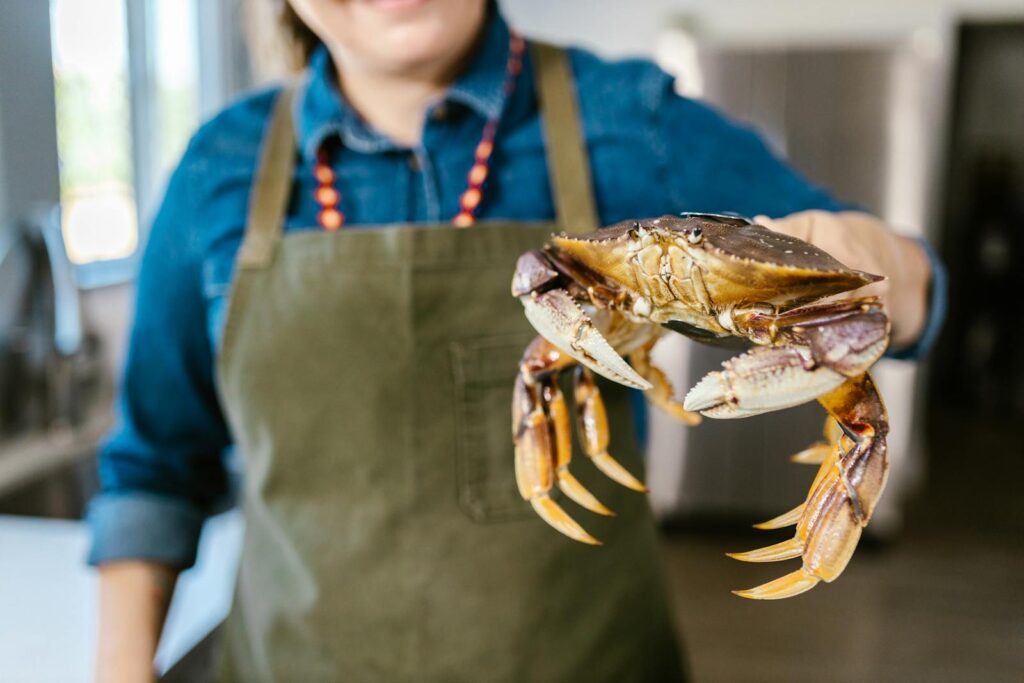
Even the best ingredients can’t save a dish if simple cooking mistakes sneak in. Whether you’re rushing through dinner or unsure of the right technique, one small misstep can throw off your entire meal’s flavor, texture, or timing. These 15 common errors are easy to make, but your cooking game improves fast once you learn to spot and avoid them.
Not Preheating the Pan

Starting to cook in a cold pan might seem harmless, but it usually leads to uneven cooking and food that sticks. Preheating gives you that instant sizzle that seals in flavor and texture, especially for meats and vegetables. Without it, you end up steaming your food instead of searing it, which means you miss out on that golden-brown goodness that makes dishes taste so much better.
Overcrowding the Pan
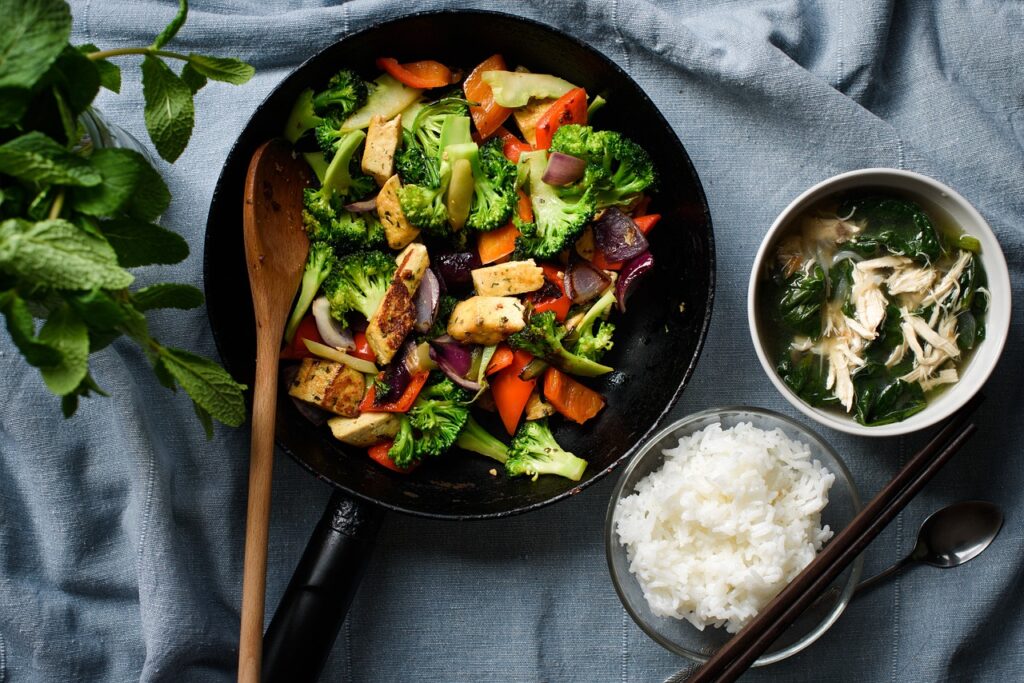
Tossing everything in one pan is tempting to save time, but stuffing it full causes your food to steam rather than brown. Air needs to circulate for proper caramelization, especially with meats or vegetables. When things are too close together, moisture builds up, and you lose that beautiful crisp texture. Cooking in batches might take a little longer, but it leads to far better results.
Not Letting Meat Rest
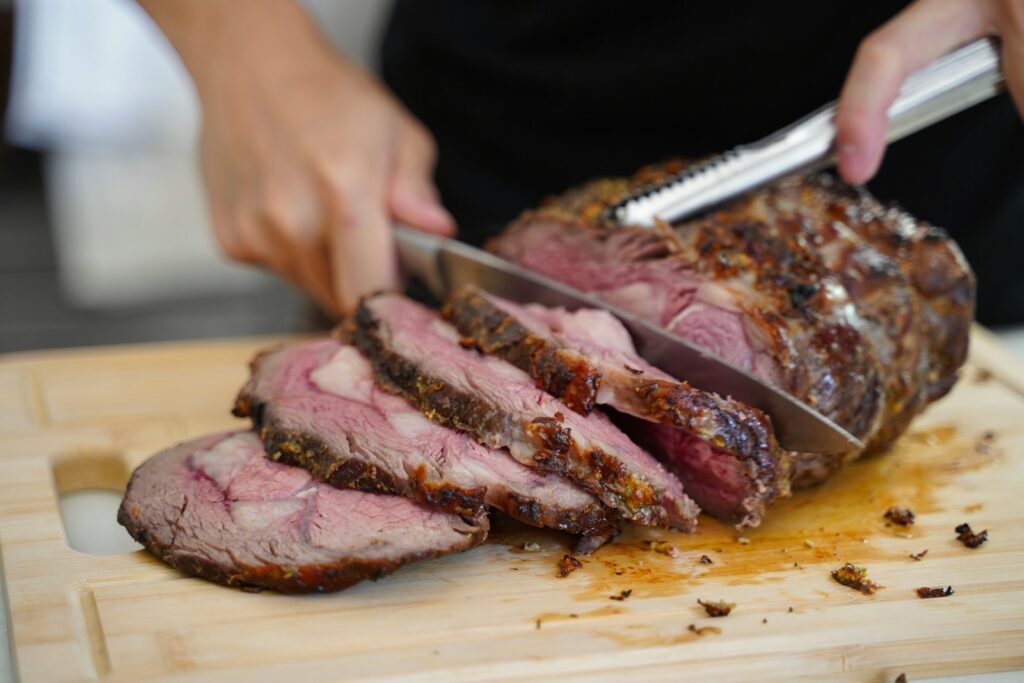
Cutting into meat right after cooking seems harmless when you’re hungry, but it drains all the juices. Letting meat rest for a few minutes gives the juices time to redistribute, which keeps it moist and flavorful. Skip this step, and you’ll end up with a dry center and a soggy cutting board, even if the meat was cooked perfectly just moments before.
Using Dull Knives
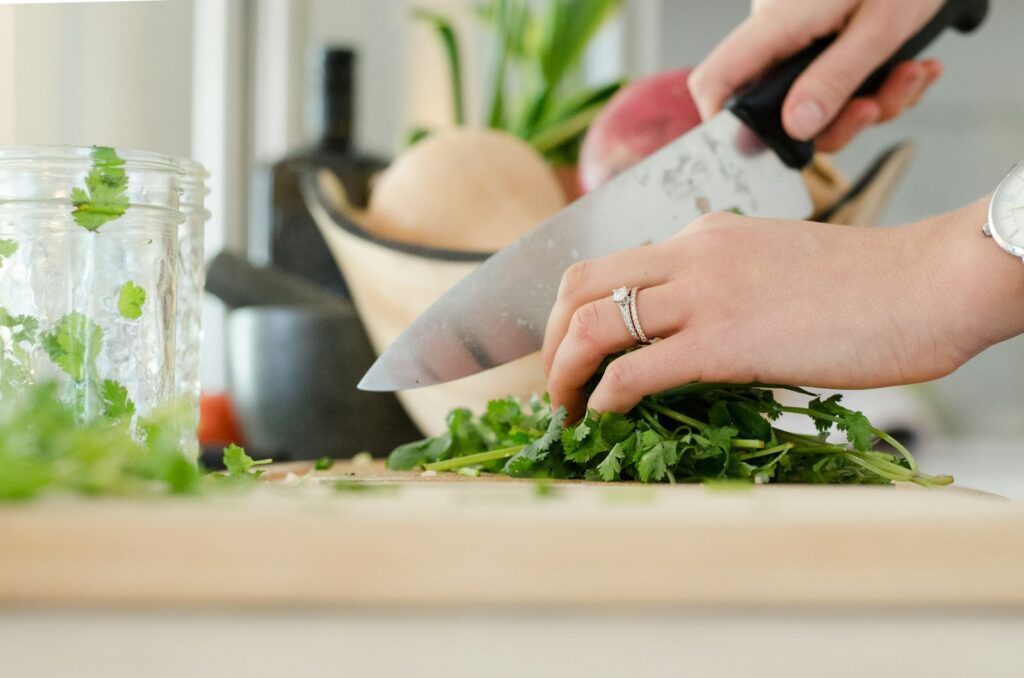
A dull knife might seem safer, but it actually makes prep work more dangerous and messy. You’ll end up using more force, which leads to slips and uneven cuts. Plus, squishing ingredients instead of slicing them can ruin the texture, especially for herbs, tomatoes, or onions. Keeping your knives sharp makes you more efficient and helps your food look and cook more evenly.
Ignoring Ingredient Temperature
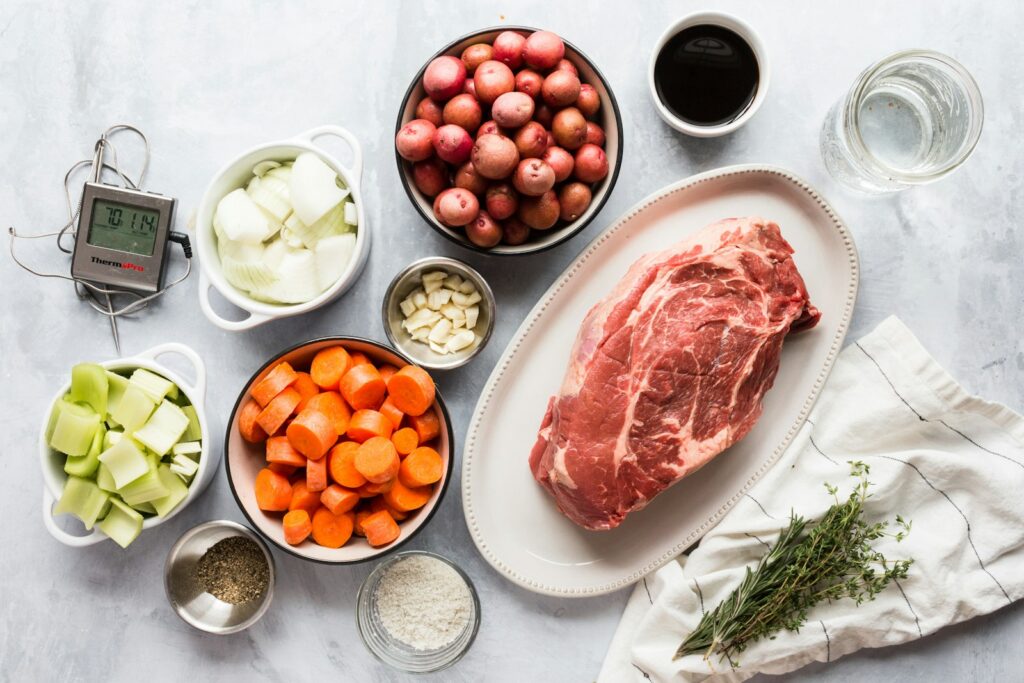
Many recipes assume your ingredients are at room temperature, especially when baking. Using cold butter, eggs, or milk can throw off textures, slow down cooking time, and keep your dish from blending smoothly. For example, cold eggs can cause cakes to come out dense. Taking a few minutes to let ingredients warm up makes a big difference in how your meal turns out.
Overmixing Batter or Dough
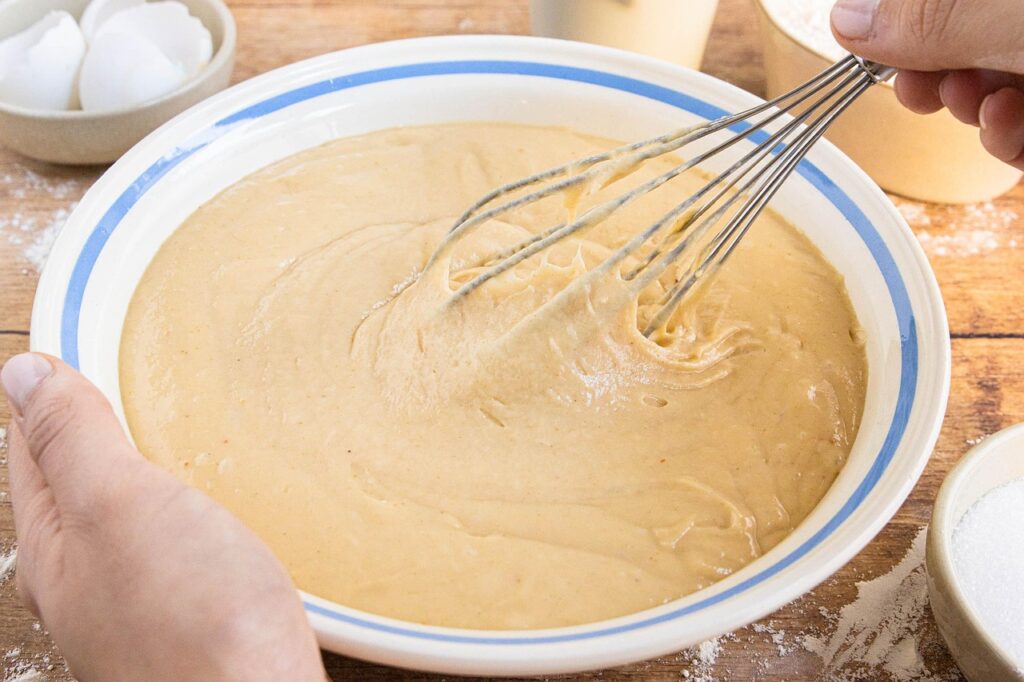
Mixing might seem harmless, but going overboard can completely ruin the texture of baked goods. Overmixing causes too much gluten to develop, making muffins, pancakes, and cakes dense or rubbery. It’s especially important to stop mixing once the dry and wet ingredients are just combined. A few lumps are okay—trying to make it perfectly smooth usually leads to a chewy mess.
Skipping the Tasting Step
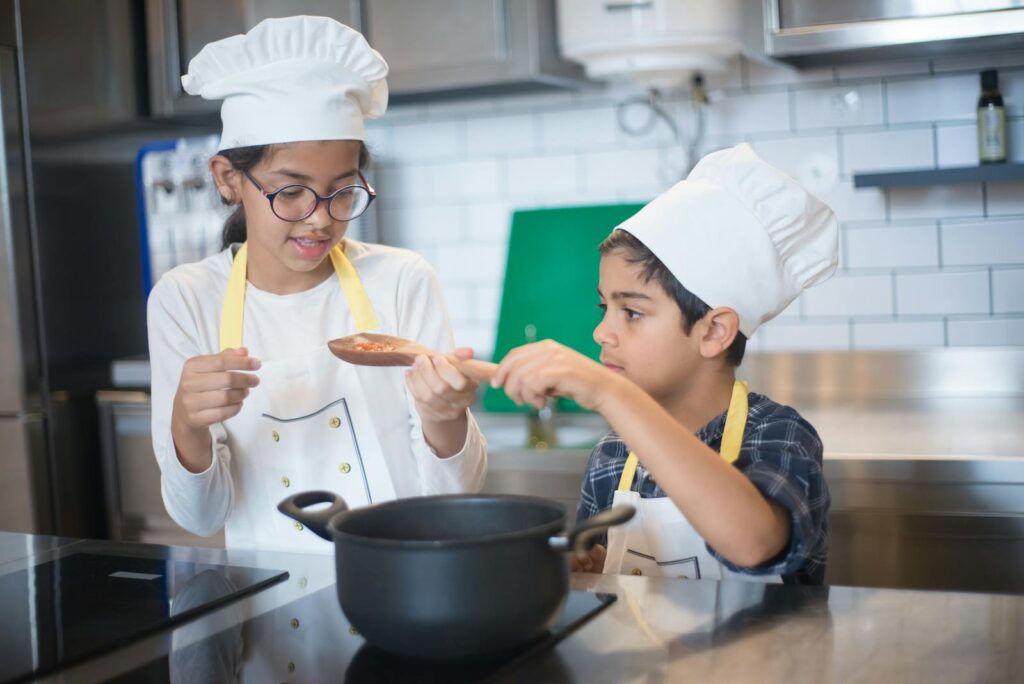
It’s easy to assume a dish is seasoned just right, especially if you followed the recipe, but ingredients behave differently depending on freshness and brand. Tasting as you go is how you catch mistakes before it’s too late. Maybe it needs a touch more salt, a squeeze of acid, or a splash of sweetness. Cooking without tasting is like flying blind—you never know what you’ll land on.
Boiling Instead of Simmering
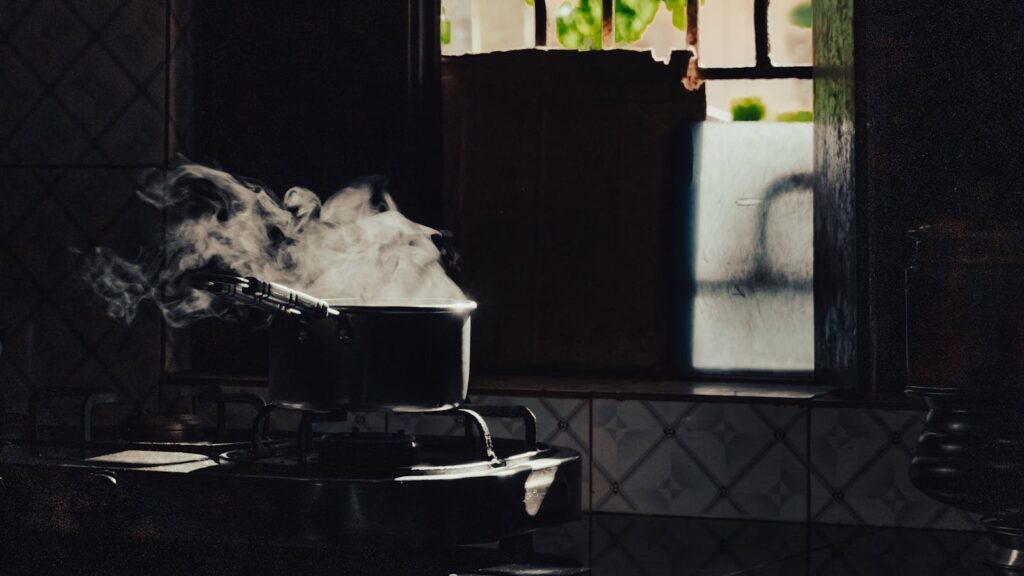
When a recipe says to simmer and you let it boil instead, you’re risking overcooked food and flavor loss. Simmering is gentler and allows ingredients to break down slowly, building deep flavors without turning everything mushy. A rolling boil is great for pasta, but not for soups or sauces. Letting things gently bubble gives you more control and preserves the textures and taste you actually want.
Using the Wrong Oil
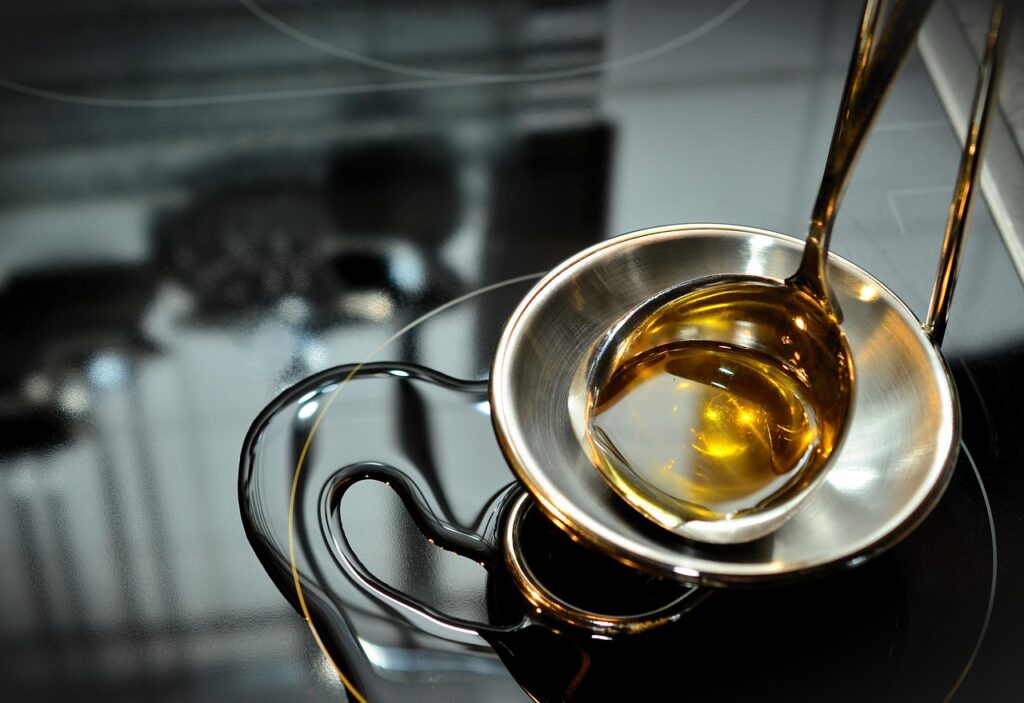
Not all cooking oils are created equal—some are great for high heat, others burn fast and turn bitter. Olive oil, for instance, has a lower smoke point and is better for medium heat or finishing touches. For searing or frying, go for oils like avocado, peanut, or canola. Using the wrong one won’t just affect taste—it can also leave your food with a weird burnt flavor.
Seasoning at the End Only
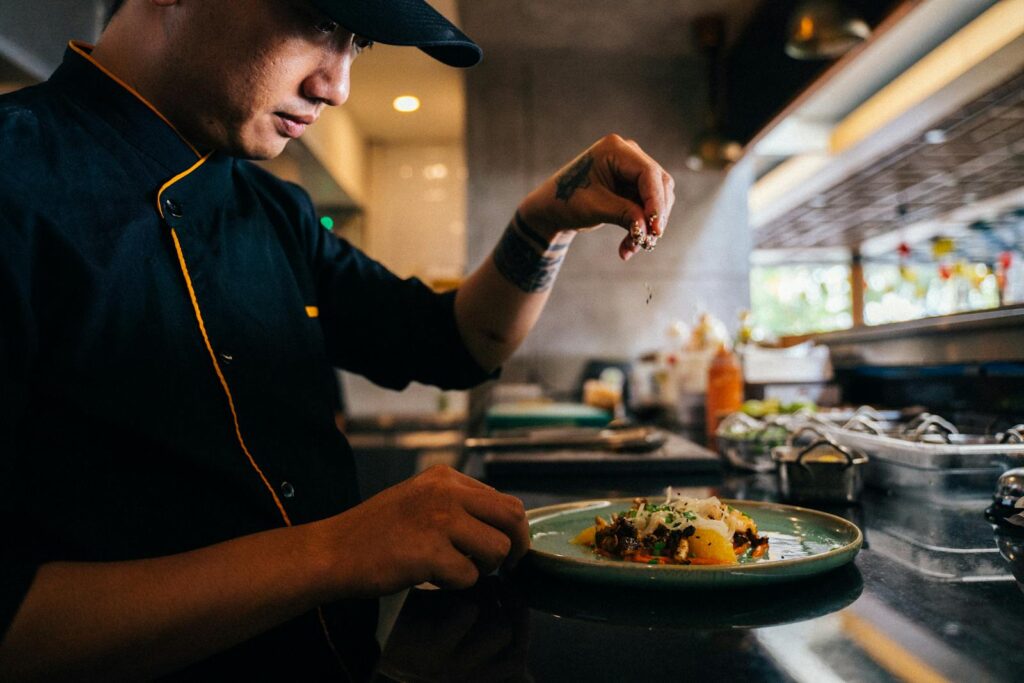
If you wait until the very end to season your dish, you’re missing out on layers of flavor that develop while cooking. Salt helps ingredients release moisture and deepen their natural taste, but it needs time to work. Adding seasonings as you go, especially in stages—builds complexity that can’t be faked at the last second. Late seasoning usually tastes flat, no matter how much you sprinkle on.
Not Reading the Entire Recipe First
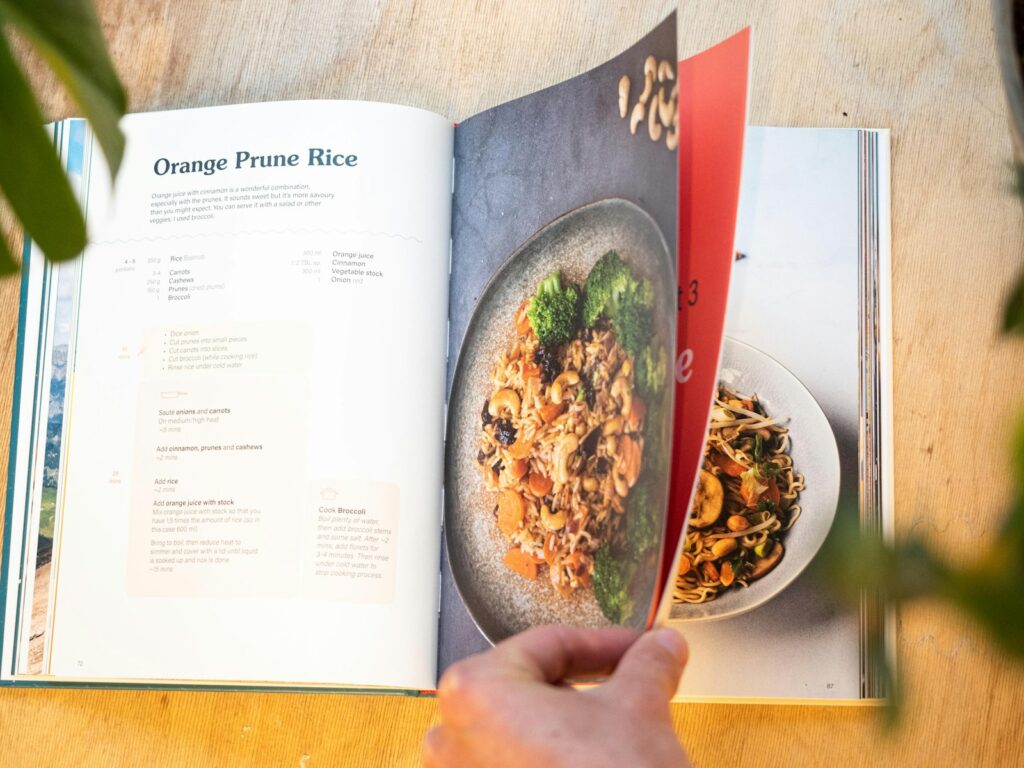
Jumping straight into a recipe without reading it through can leave you scrambling halfway through. An ingredient needs to marinate, chill, or be prepped differently than you thought. By reading ahead, you catch time-sensitive steps or unusual techniques that could trip you up. It’s a pretty small habit that saves you stress, prevents skipped instructions, and keeps your meal from going off-track.
Relying Too Much on Measuring Instead of Sensing
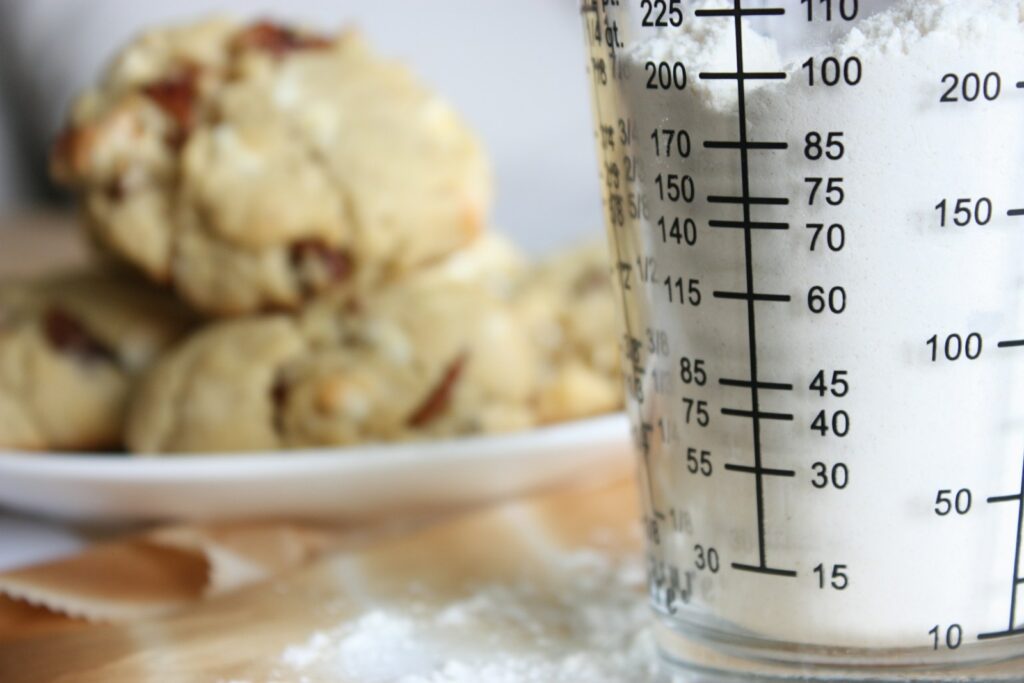
Following recipes exactly is helpful, but great cooking also means using your senses—smelling, tasting, touching, and adjusting as needed. Sticking too closely to measurements without noticing if something looks too dry, tastes under-seasoned, or smells off can lead to a meal that technically followed the recipe but falls flat. Trusting your instincts and making small changes as you go can turn good food into something amazing.
Overcooking Pasta
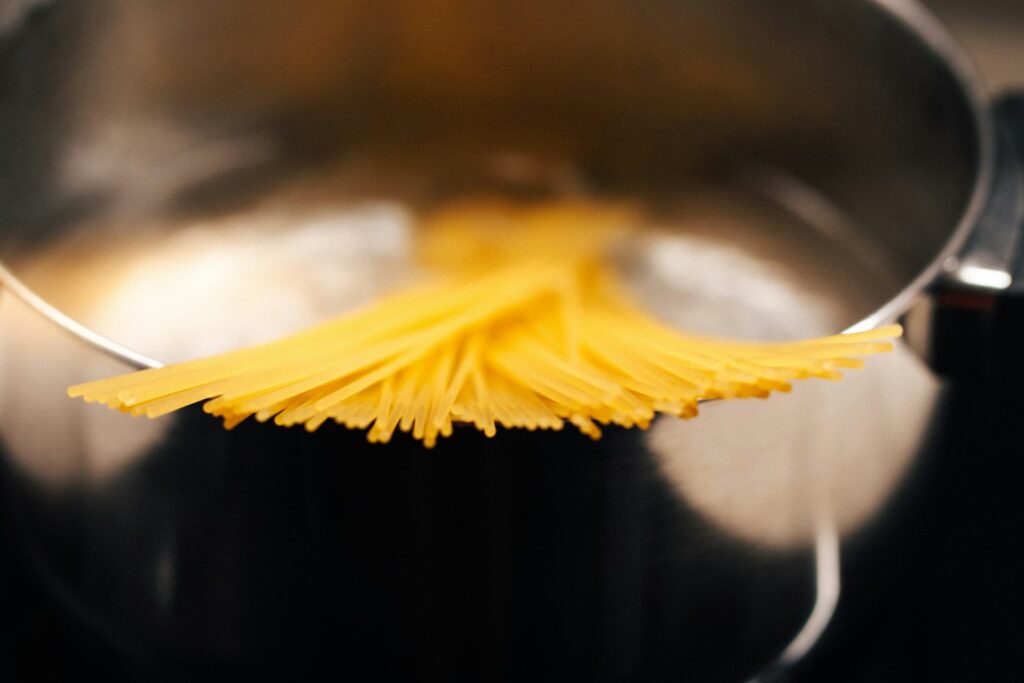
Pasta that’s boiled too long turns mushy and loses its bite, especially if it will cook more in a sauce afterward. Al dente means “to the tooth,” and it’s how pasta is meant to be enjoyed—with a slight firmness that holds up well in dishes. Checking early and pulling it from the pot at the right time can keep your pasta meals from feeling bland or soggy.
Not Drying Food Before Cooking
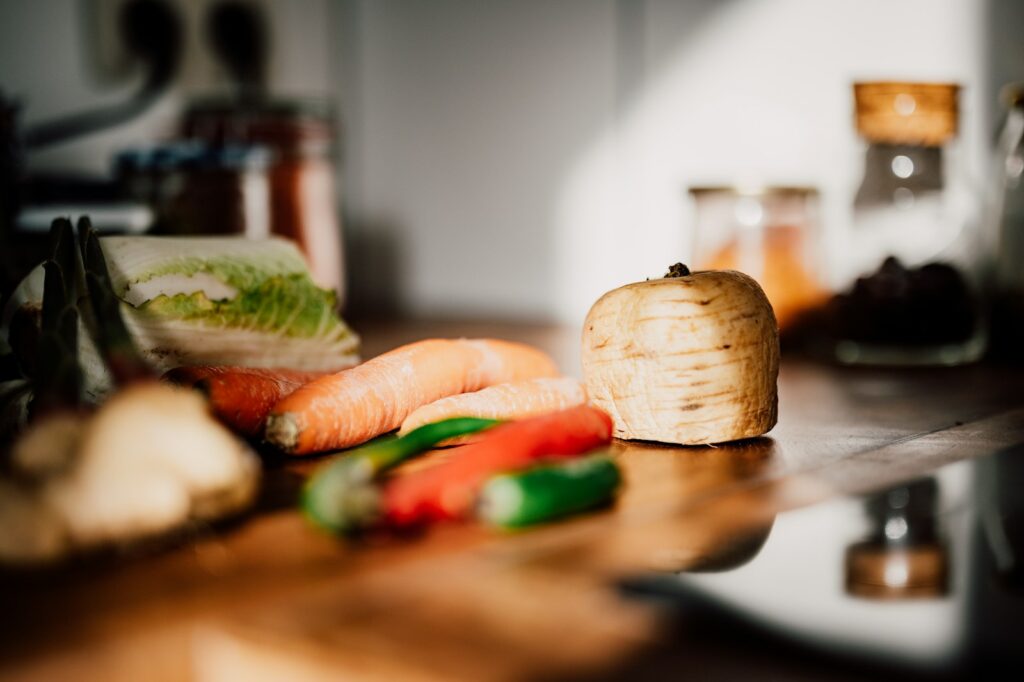
Whether it’s meat, fish, or veggies, moisture on the surface keeps it from browning properly. Water creates steam, which blocks caramelization and leaves food pale and soft instead of golden and crisp. Patting items dry with a paper towel before cooking is a quick step that helps you get that flavorful crust or sear that makes meals feel finished and well-made.
Trusting Cooking Times Too Much
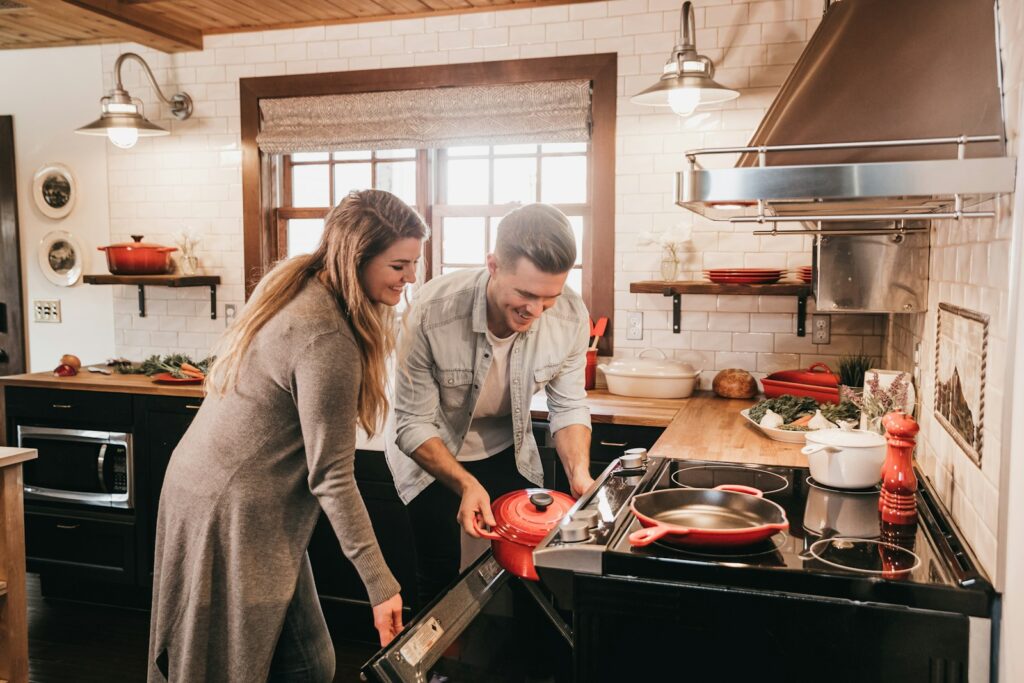
Every oven, stove, and pan is a little different, so taking listed cooking times as gospel often leads to underdone or overdone food. Recipes give a ballpark, but your best bet is to use your eyes, nose, and tools like a thermometer. Knowing what to look or feel for—like golden edges, firm centers, or sizzling sounds—will help you avoid disaster even when the clock says otherwise.
Leave a comment